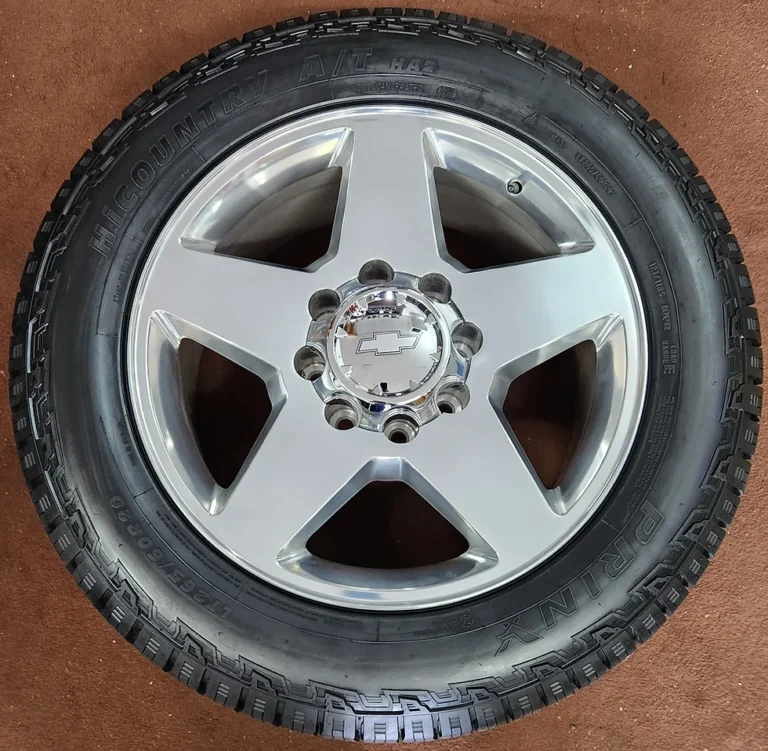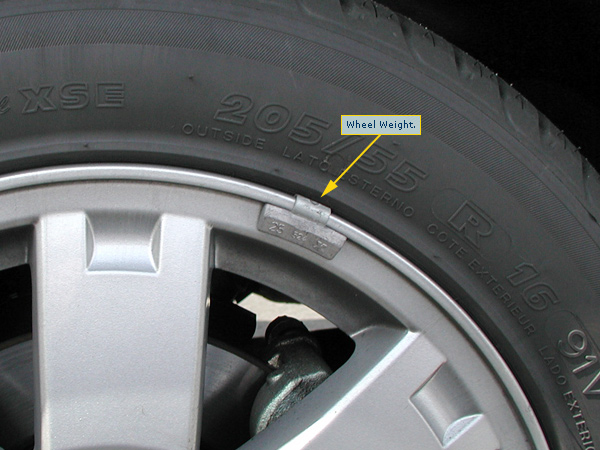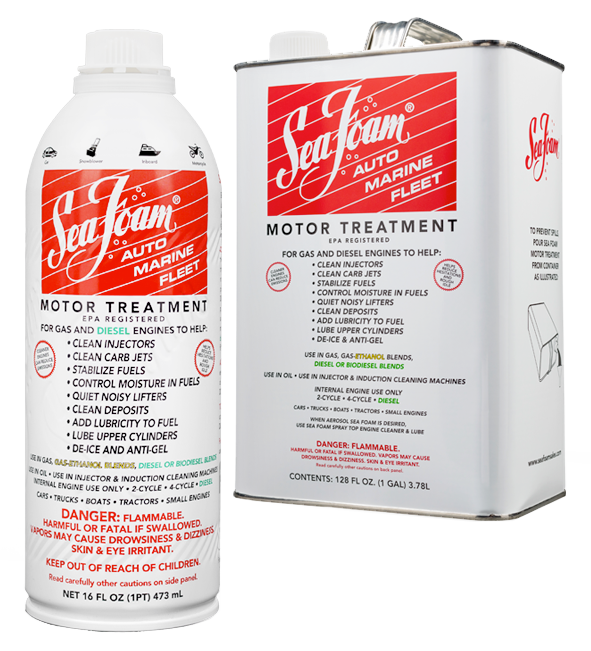Quick disconnect fittings
Last Updated on July 22, 2024 by Mutiara
A quick disconnect is type of fitting used in many areas of automobiles. Most commonly used on A/C fittings, although also implemented on fuel lines in many Ford Vehicles. The fitting usually consists of a male and female end, a spring, a housing to hold the spring, and two or three o-rings.
There are a wide variety of quick disconnect tools. In this example the four tools correspond to the sizes of A/C lines. The lines are labeled in numbers from smallest to largest; #6, #8, #10, and #12. The fittings fit on the hose but will not close fully, unless force is applied. Be sure to use the correct size on the correct hose, the tools are plastic and can break if to much force is applied. The tool has a small inner rim that will force the spring open.
The tool is used to move the spring off of the female retaining “flare”. Simply position the tool as can be seen in the following photographs, and apply force until it goes into the spring. Sometimes if the spring is slightly corroded or dirty rotating the tool may be required to force it in. After pulling the two fittings apart they will not separate until the tool is removed, this helps with discharging A/C systems, however other tools will allow the entire line to come out even with the tool still in place, causing a serious discharge in pressure if the lines have not been emptied prior to disconnection. Always discharge pressure prior to disconnecting any lines. After the lines have been disconnected, covering them up with tape, rubber cap, or etc. is a good idea to prevent any dirt from entering the A/C or fuel system.
To reconnect the lines, the fittings should be pushed together with some force. Prior to reconnecting them it helps to put a little oil on the o-rings to make the reconnection smoother and avoid any possible damage. The oil is to be applied to the o-rings and not anywhere else. For A/C systems only use the recommended a/c oil (PAG 20,46, 100, or 150). Make sure when pushing the fittings together that they “click” together, and cannot be pulled apart. If they are not pushed together properly they will blow apart from pressure during use.
Photographs taken from Jeepair.com, an online store for a wide variety of A/C system components for Jeep vehicles.









